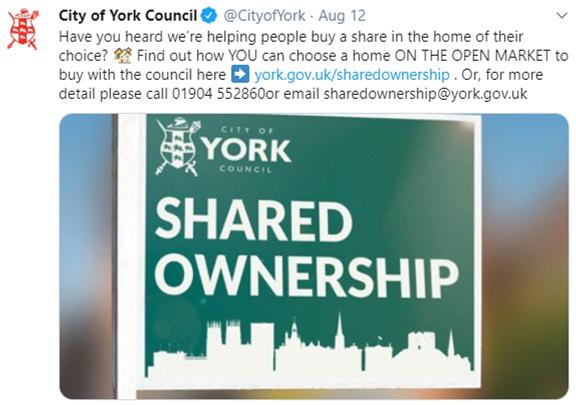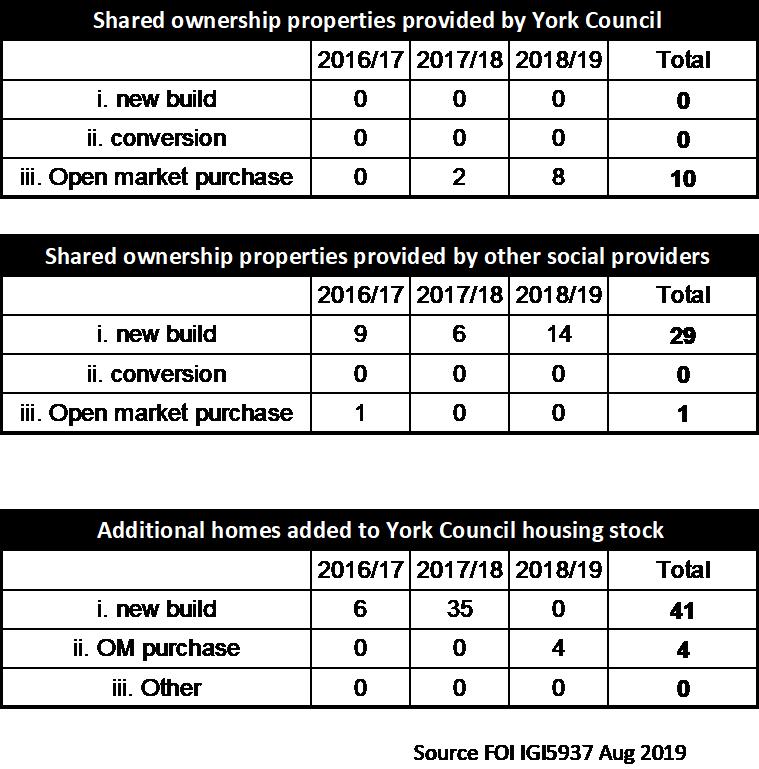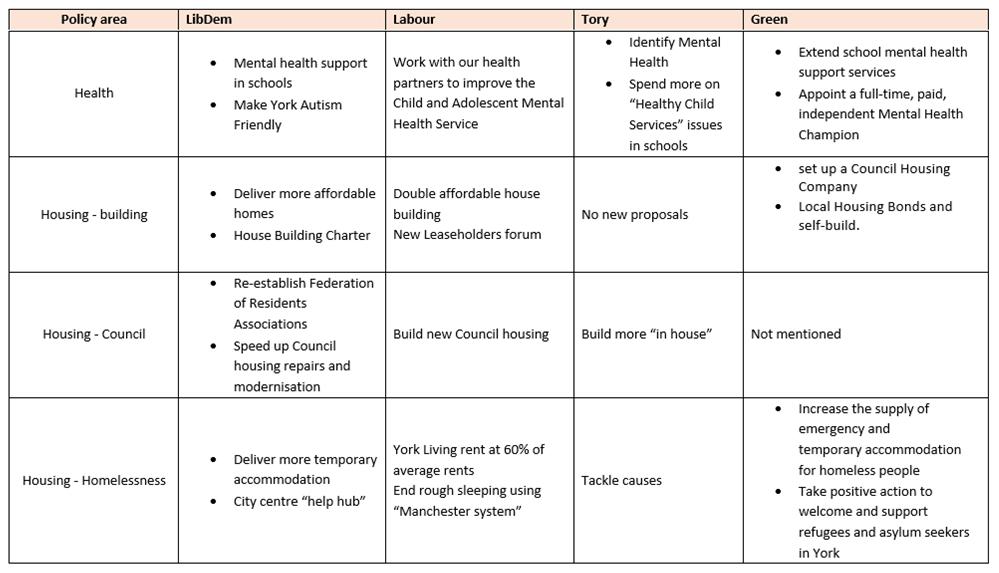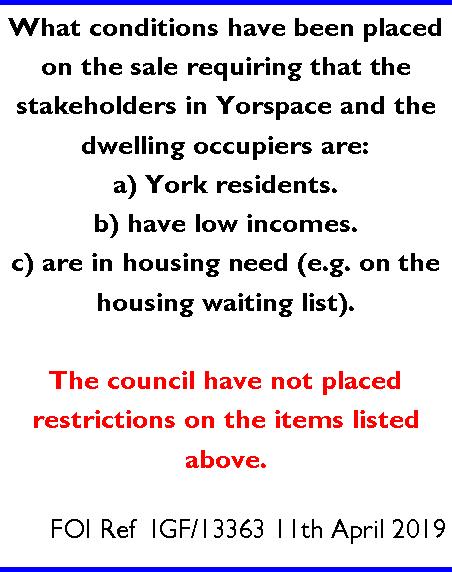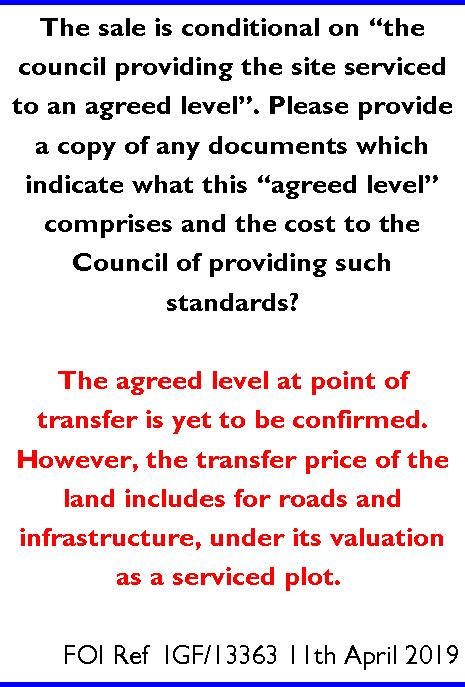The York Council has admitted, in response to a Freedom of Information request, that there is no guarantee that any new social housing will be provided in the City over the next 3 years.
The Council has failed to follow up on the initiative by the former Liberal Democrat led Council which started work on new Council homes in the Lilbourn Drive area in 2010. The last of the 19 units there has now been completed, but the Council is refusing to build any more.
Labour Councillors claim that this is because the homes would have to be let at a rent set at 80% of the private sector rate (known as “affordable rents”) and that this would be “too high”.
Rather ironic really, with many of the families on the waiting list currently having no option but to rent on the open market while at least one local Labour Councillor is profiting from her booming “buy to let” property portfolio.
So the only hope, for the 4000 on the housing waiting list, are the 59 or so units that Housing Associations are due to build plus any that private developers contribute as S106 contributions.
There is some optimism on the latter as developments like Derwenthorpe are now underway.
The question asked under FOI was;
“How many homes for affordable rent (not including social rent), which have received all necessary approvals, and with financing in place, will be started in each of the next three years in the geographical area under your remit? This includes those being built directly or by housing associations.
The Councils response was;
“there are no schemes with approvals and finance in place that will commence with certainty over the next three years.
Housing associations have received an allocation for 59 homes in York under the 2011-15 National Affordable Homes Programme that will have ‘Affordable Rents’ but the sites have still to have approvals in place”.
On planning gain (s106) sites, the council’s policy remains that these are delivered with no public subsidy and that rents are set at target social rents and not the new ‘Affordable Rents


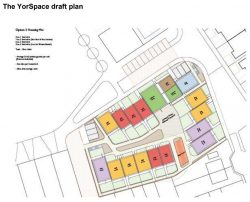

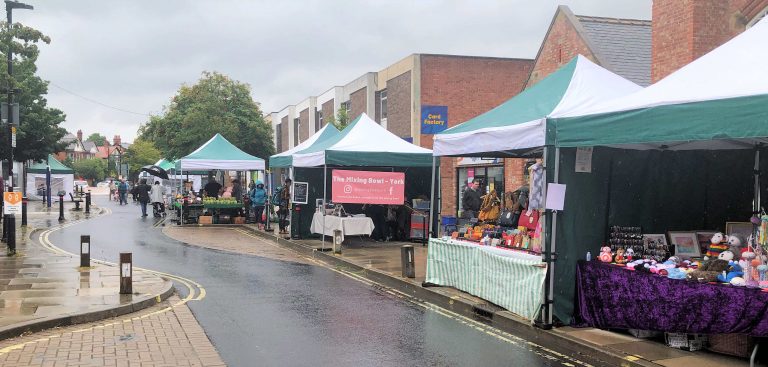
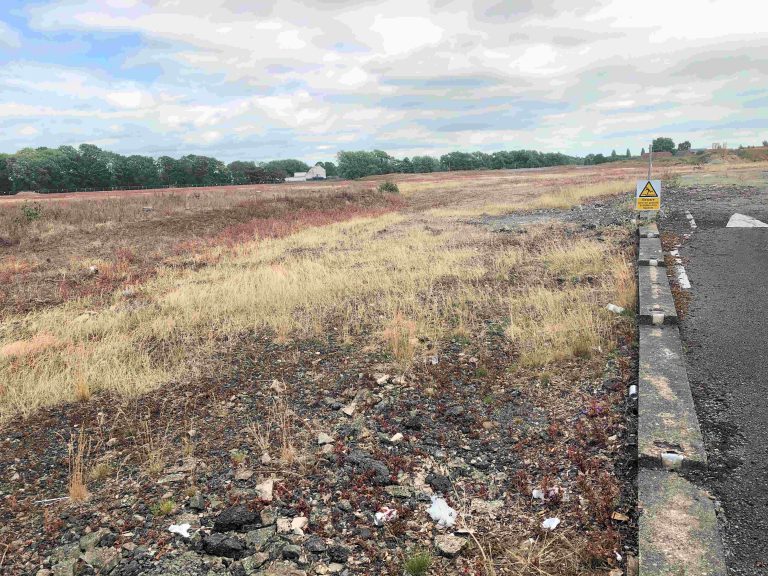
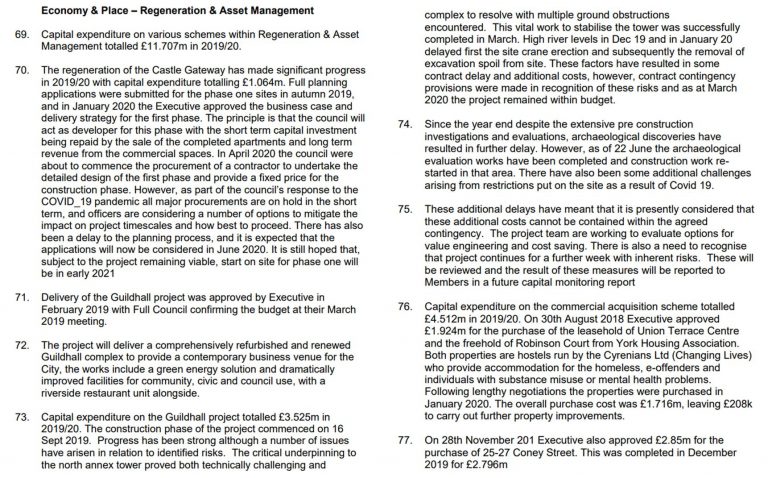
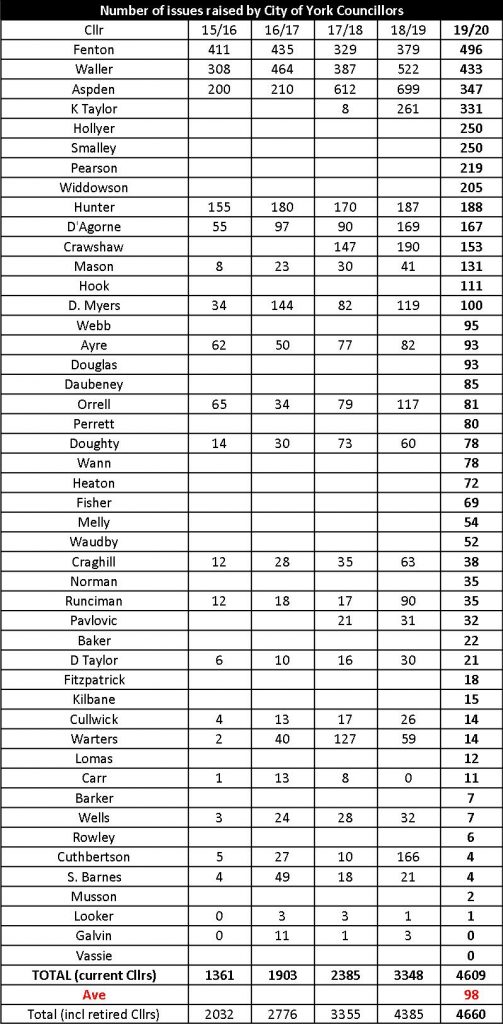

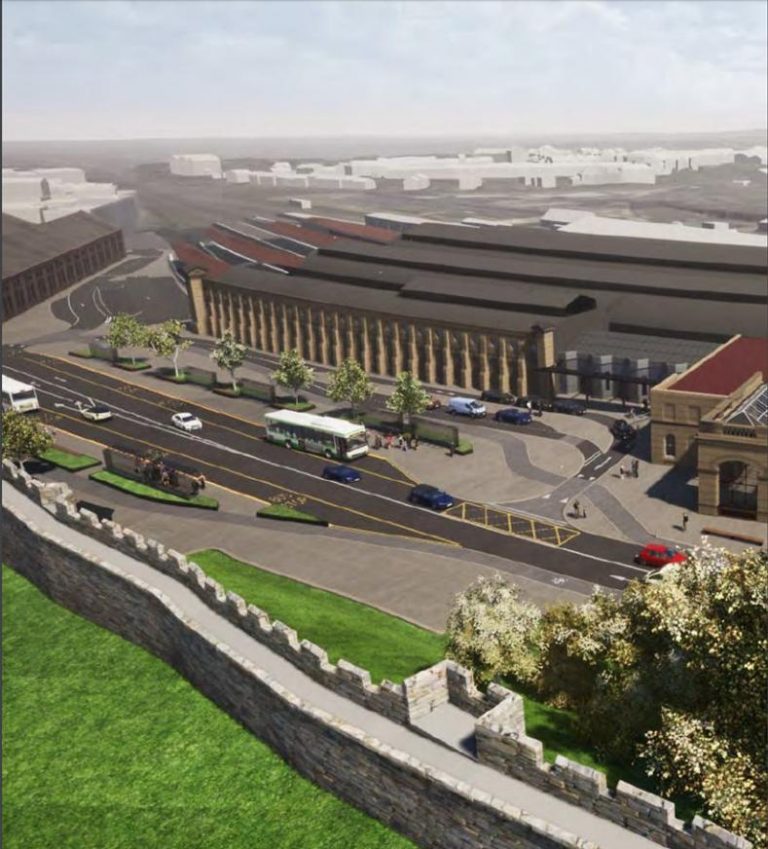
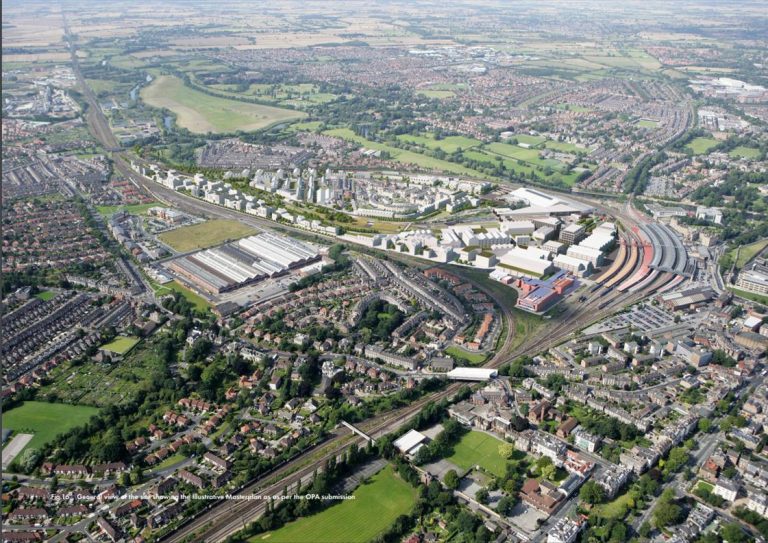
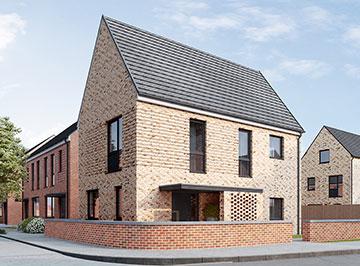
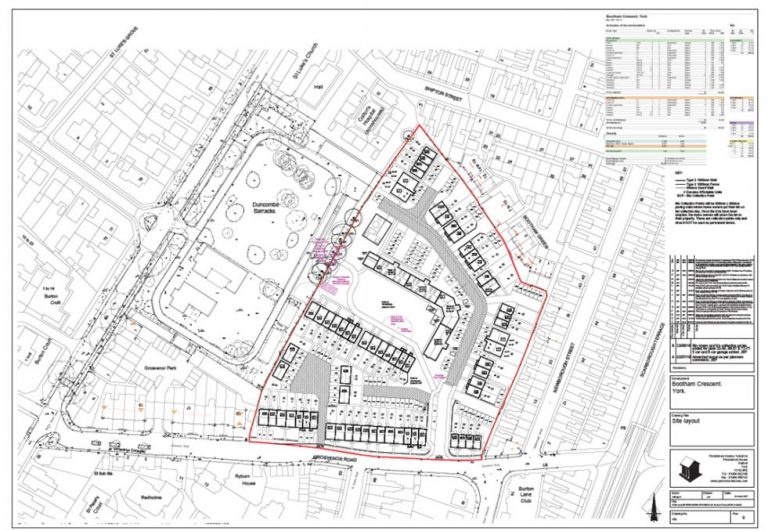
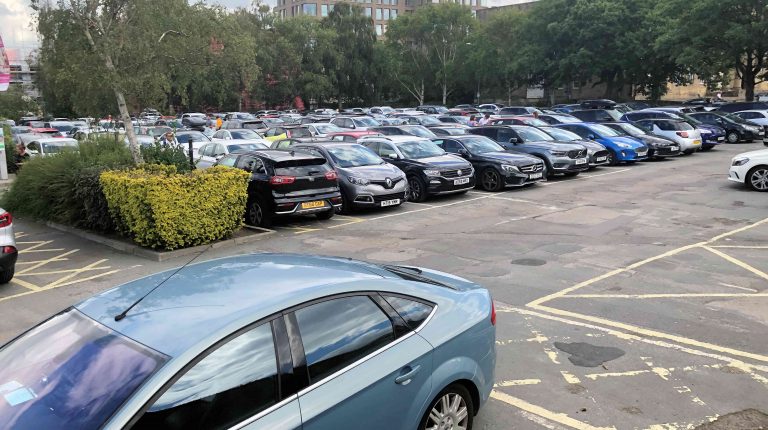
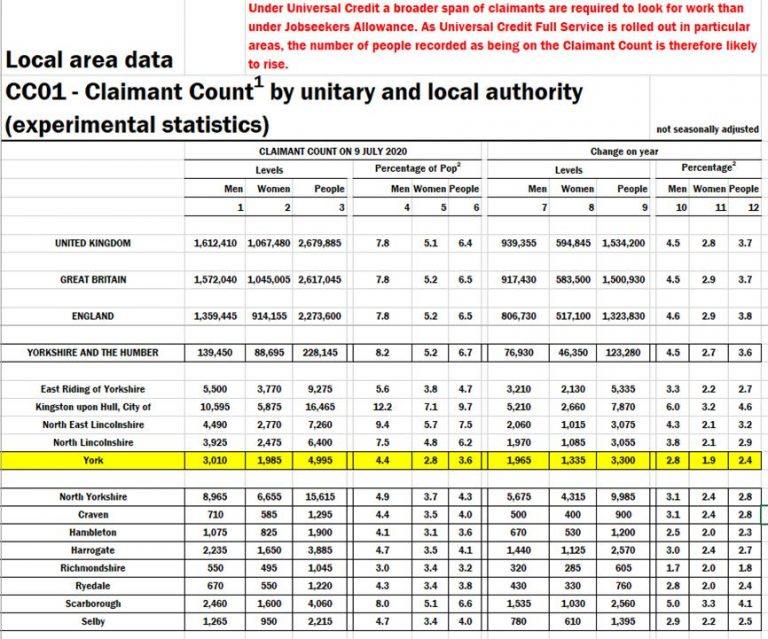
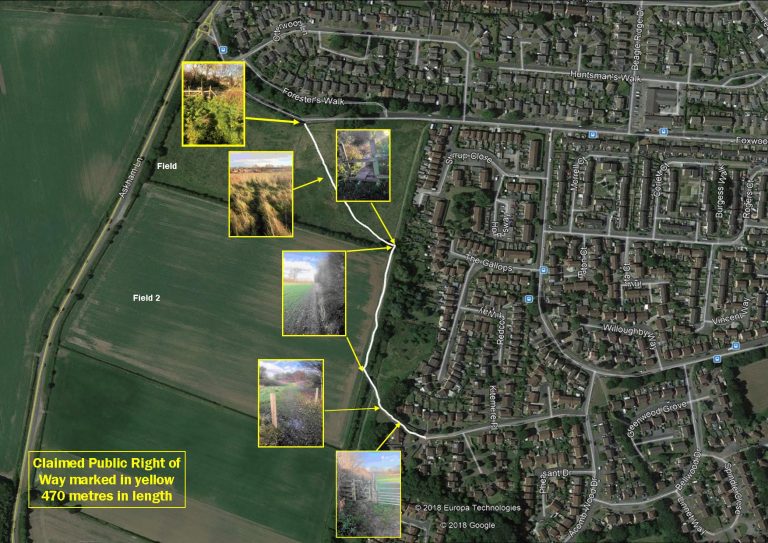
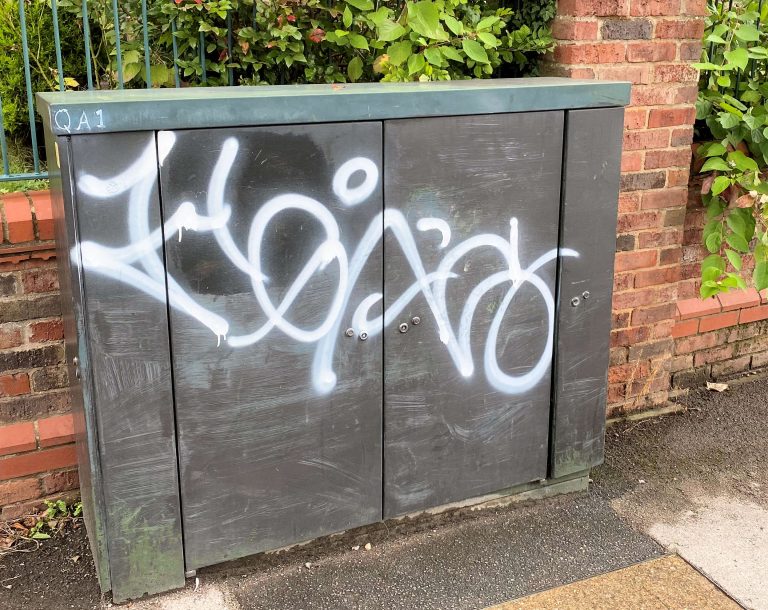
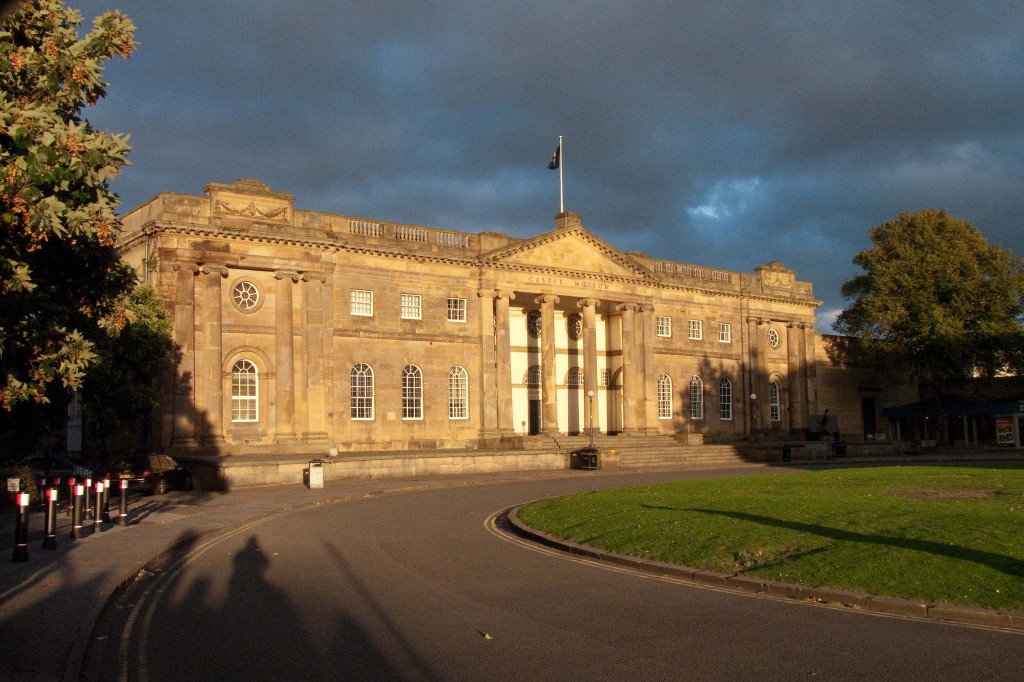

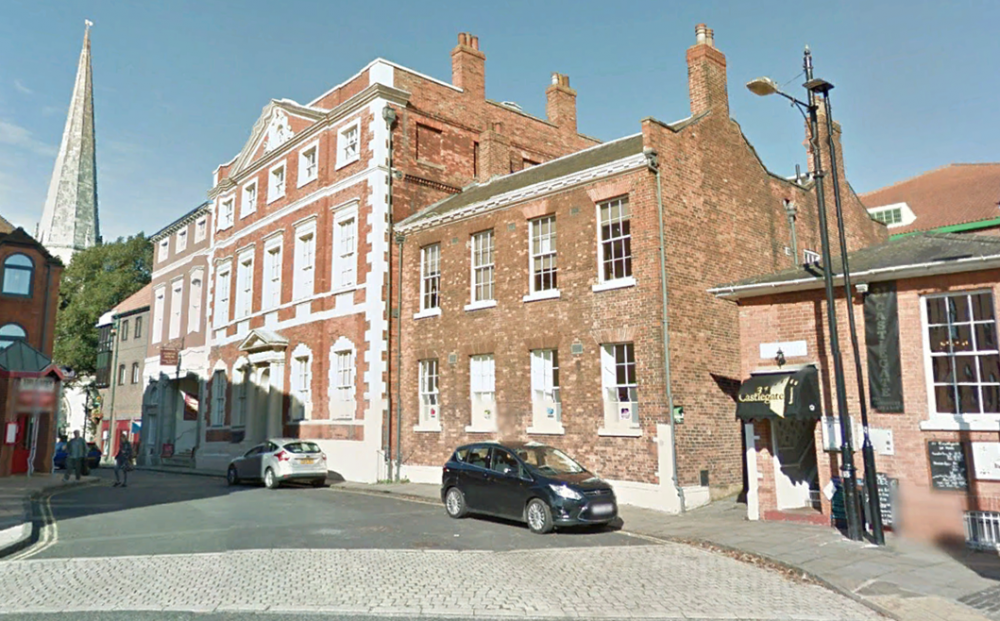

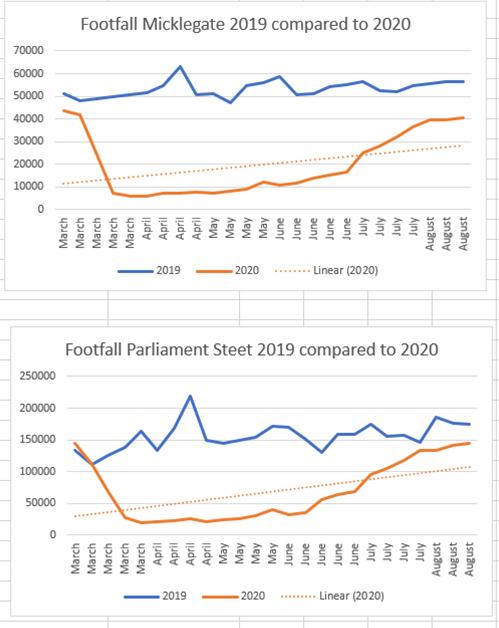

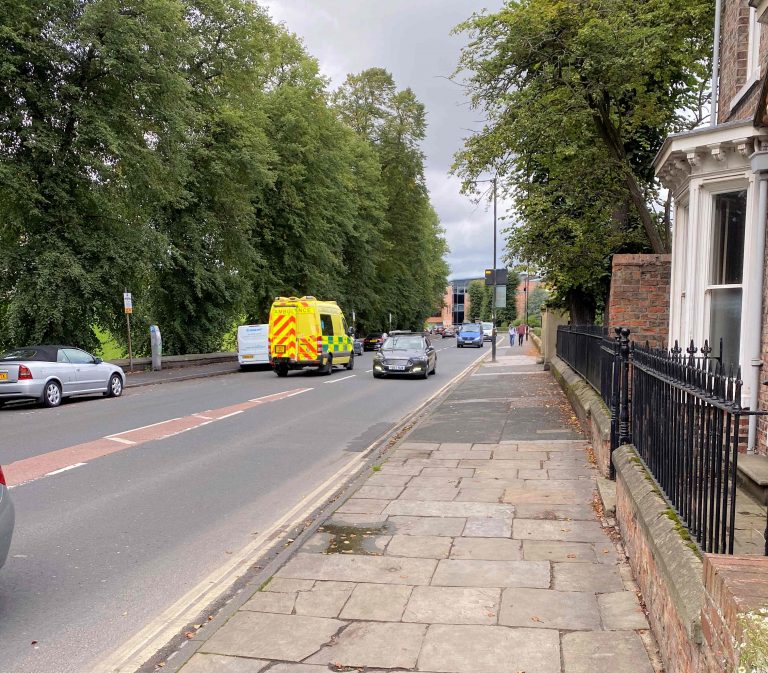
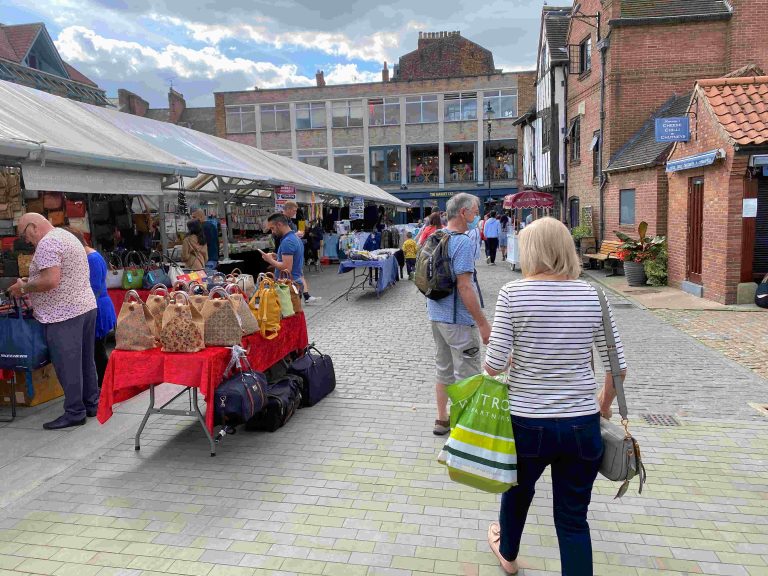
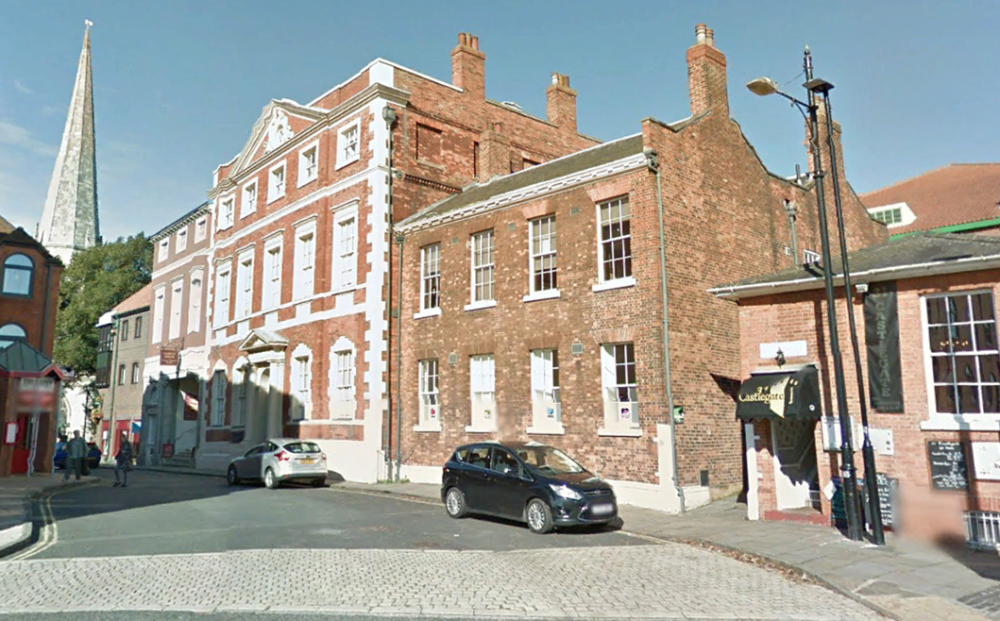
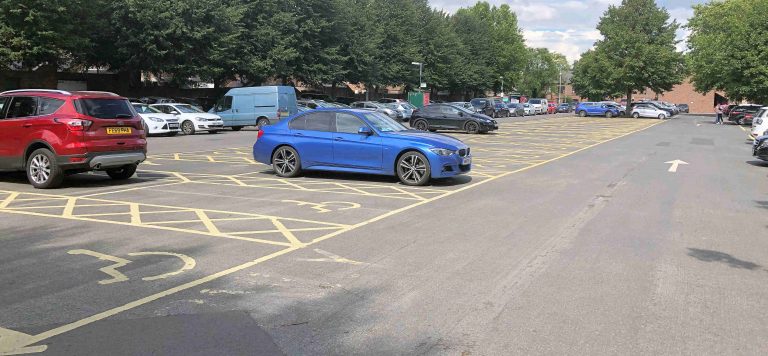
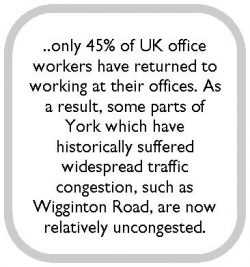


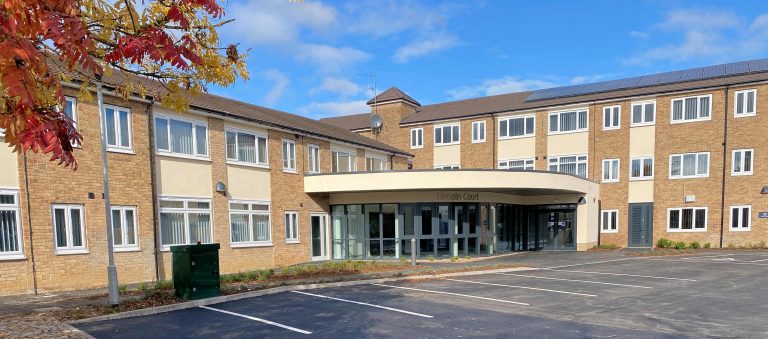
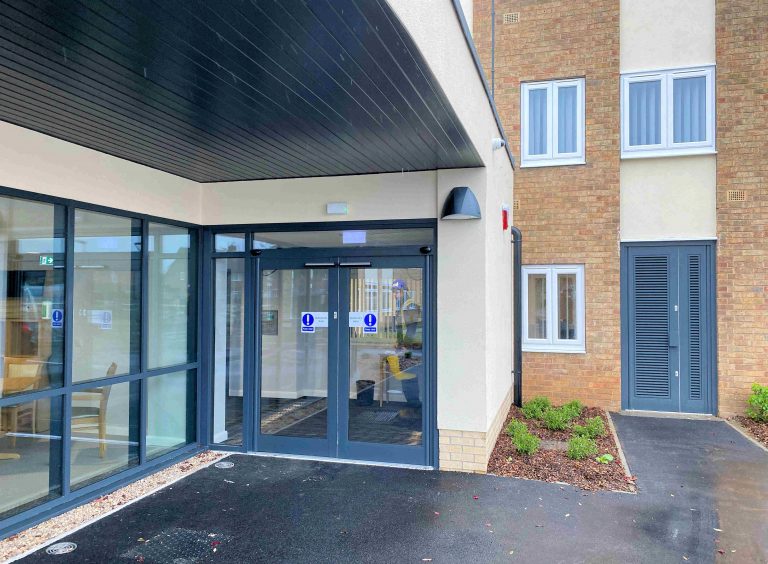
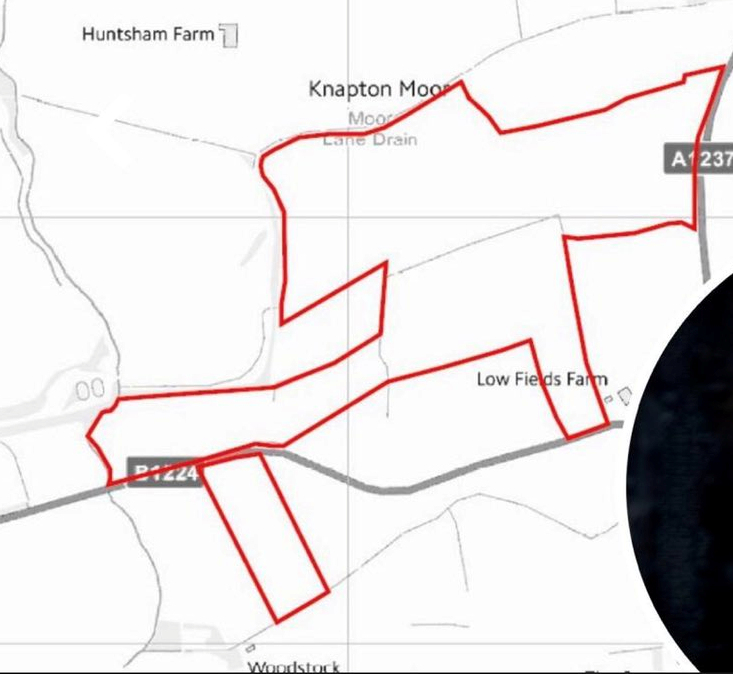
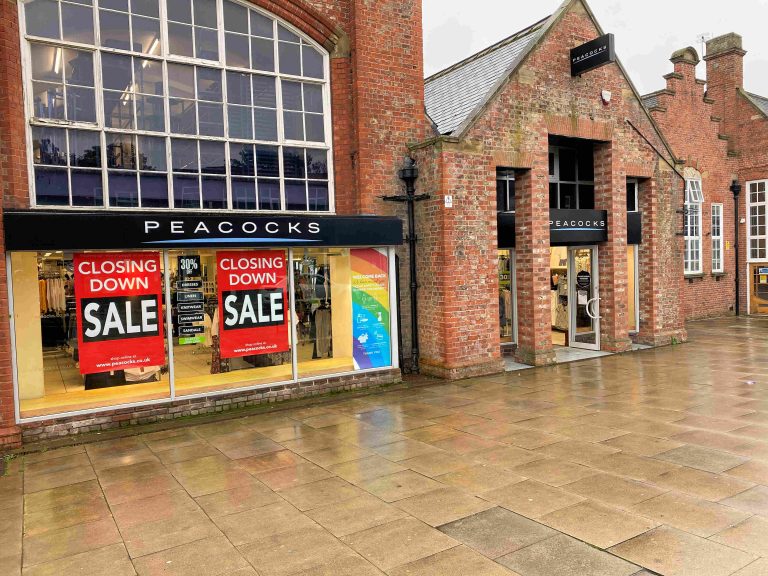
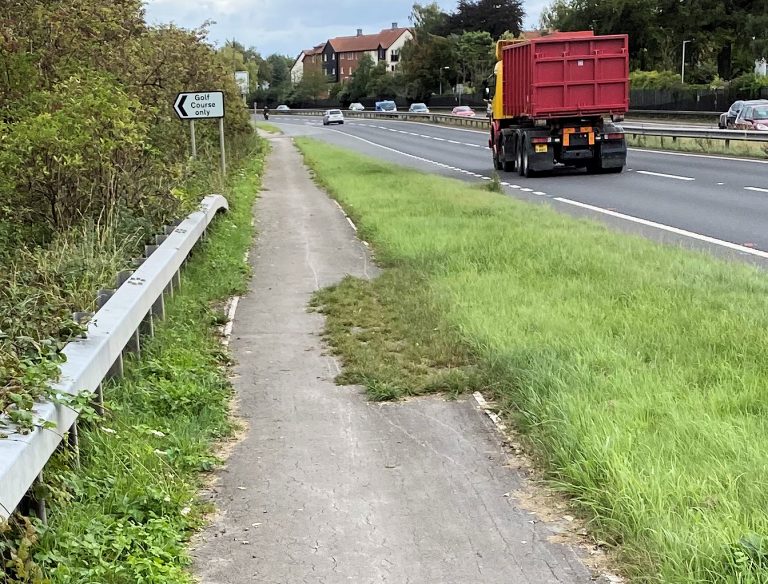
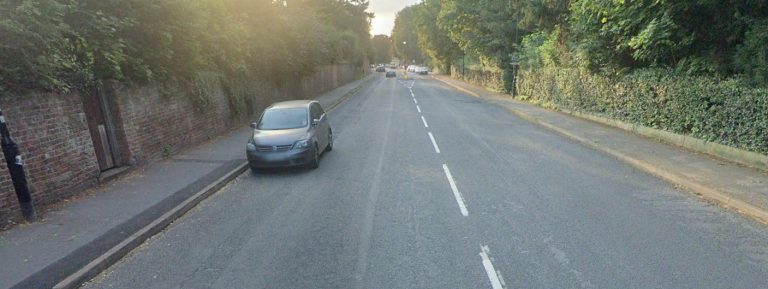
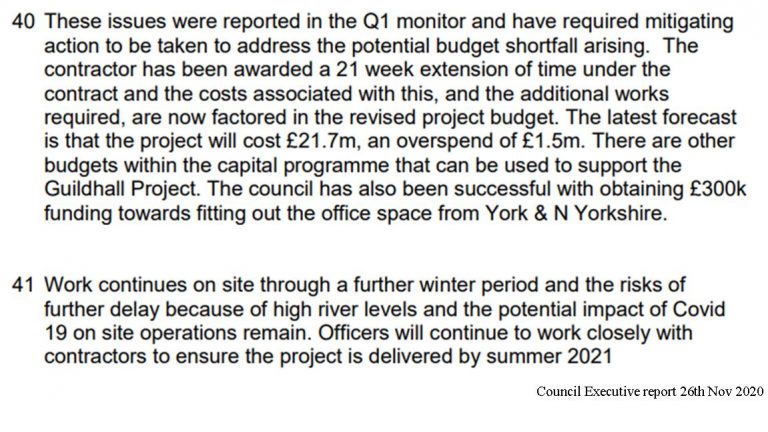
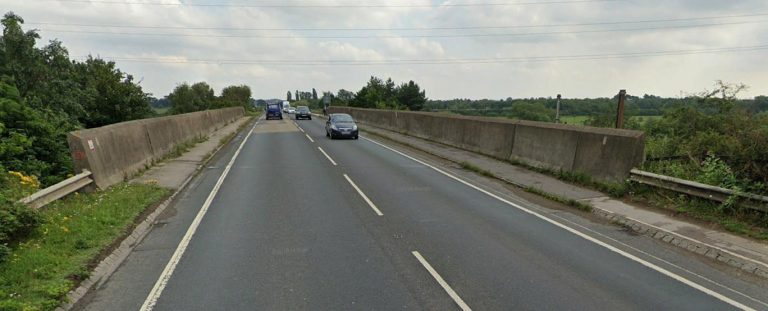
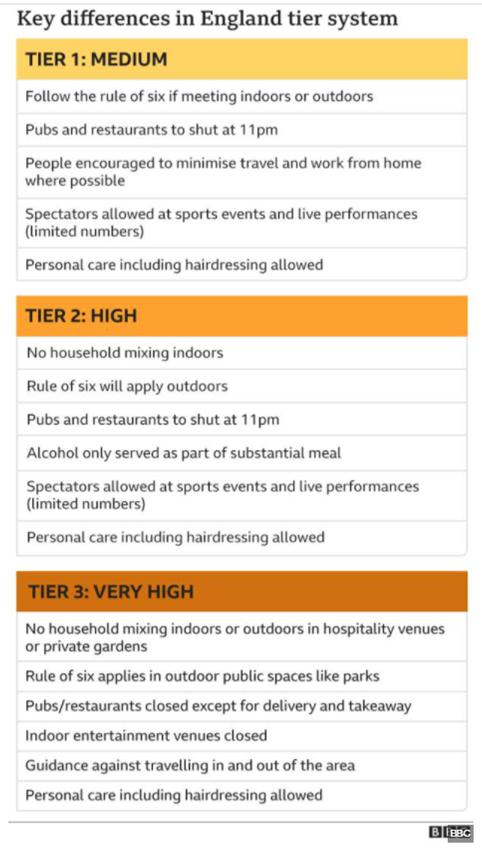
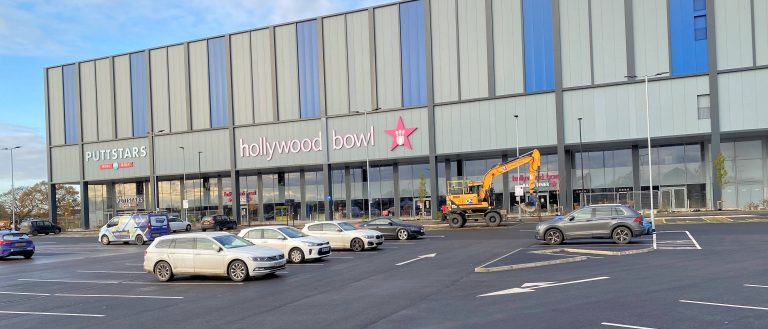
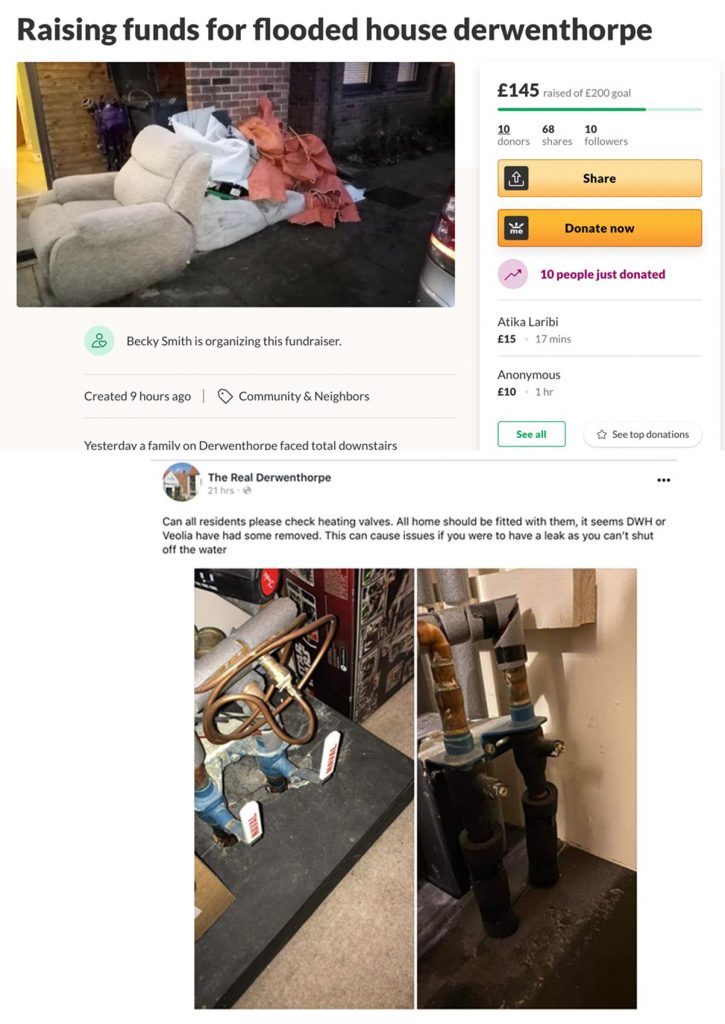

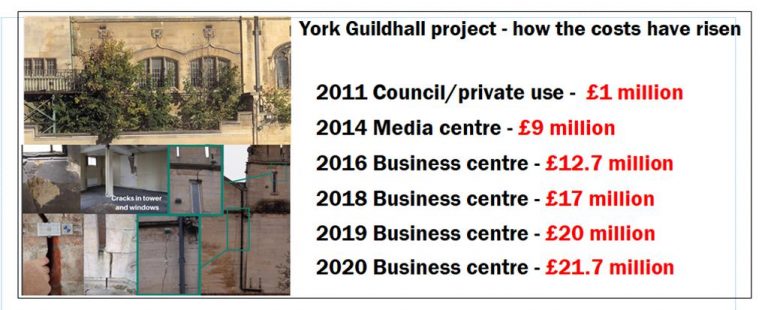
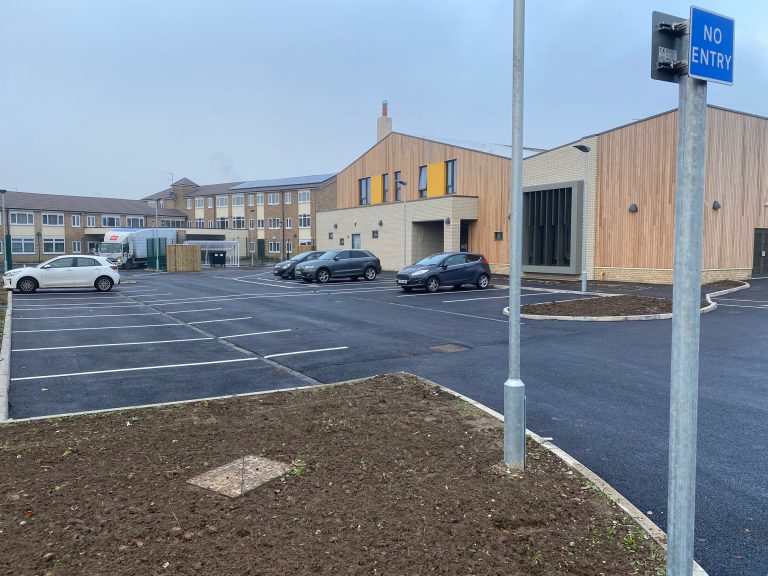
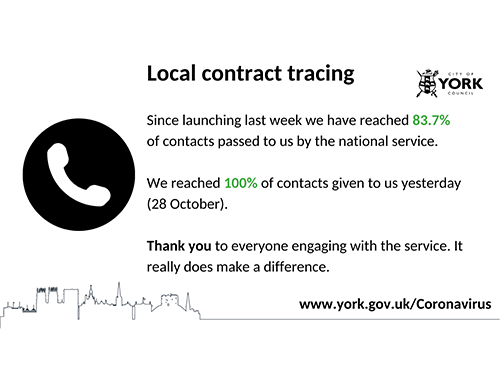
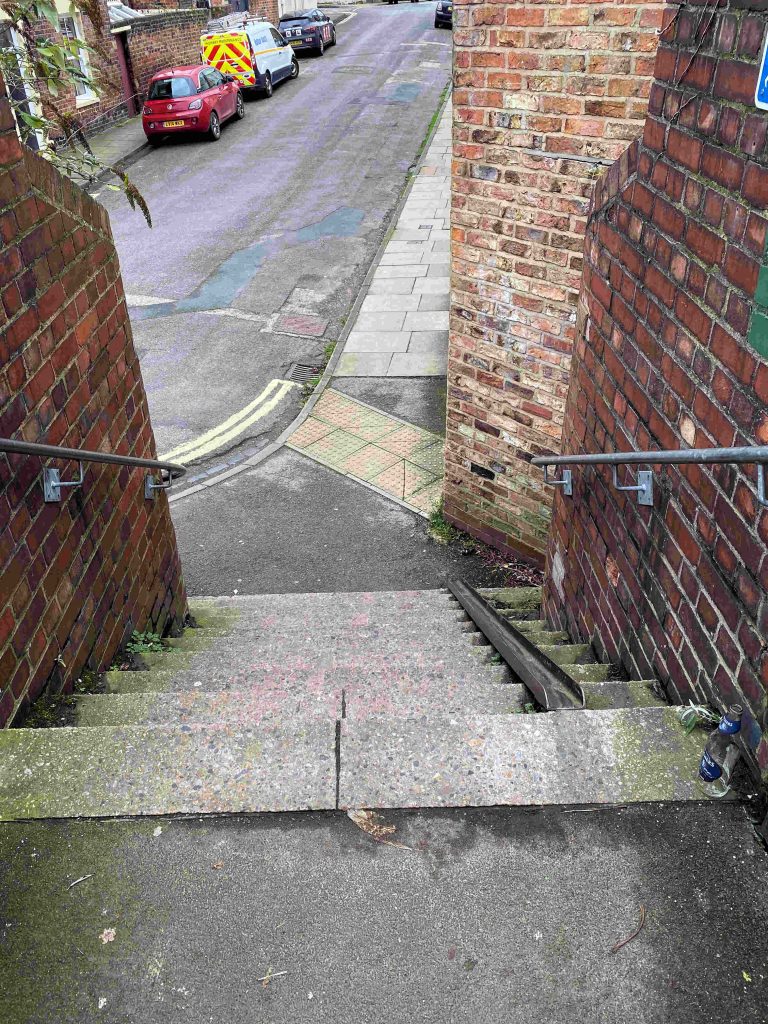
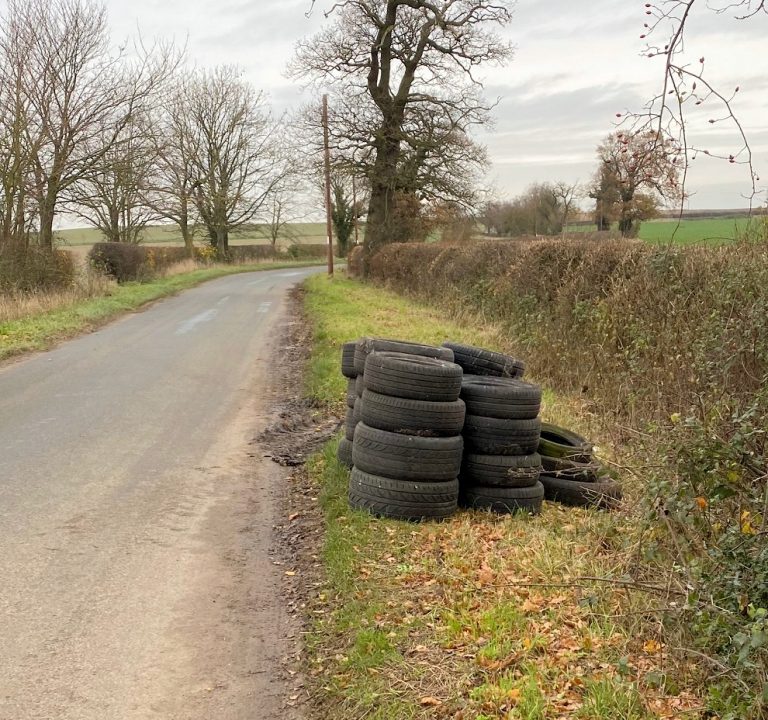
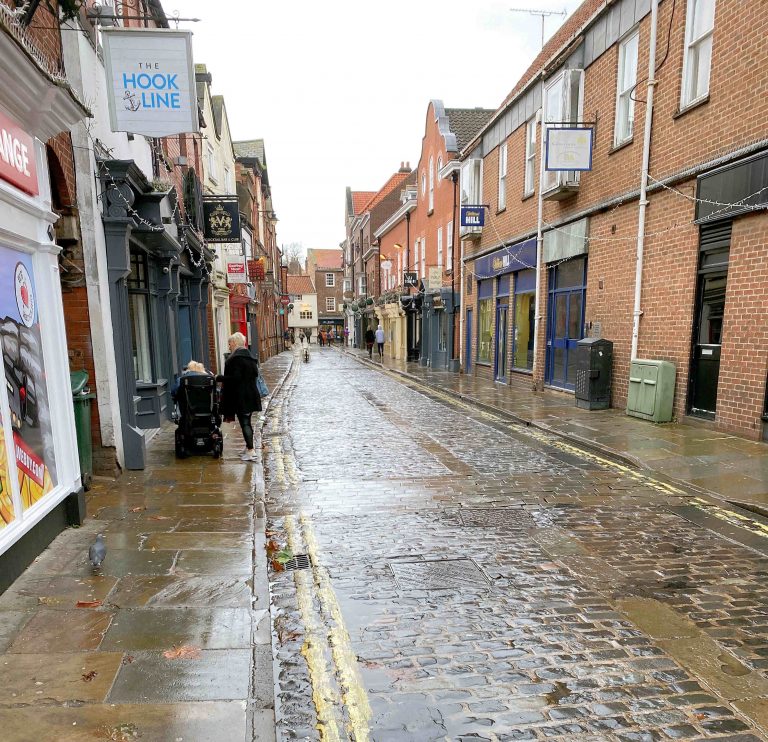
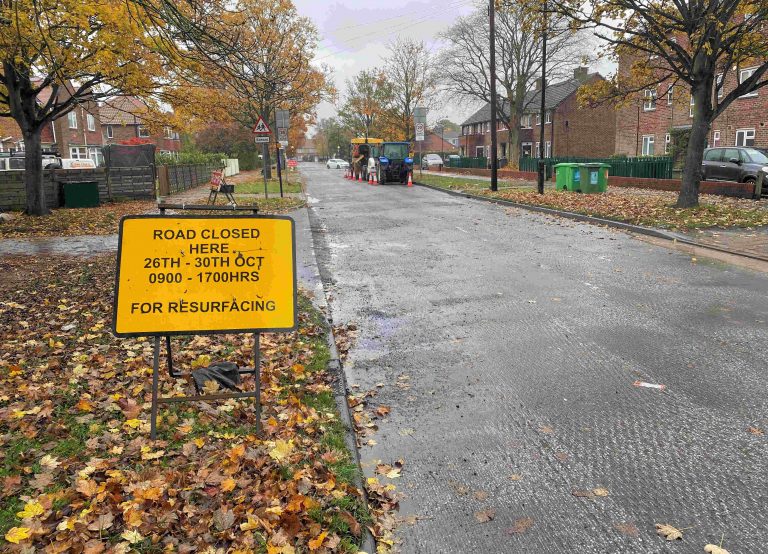
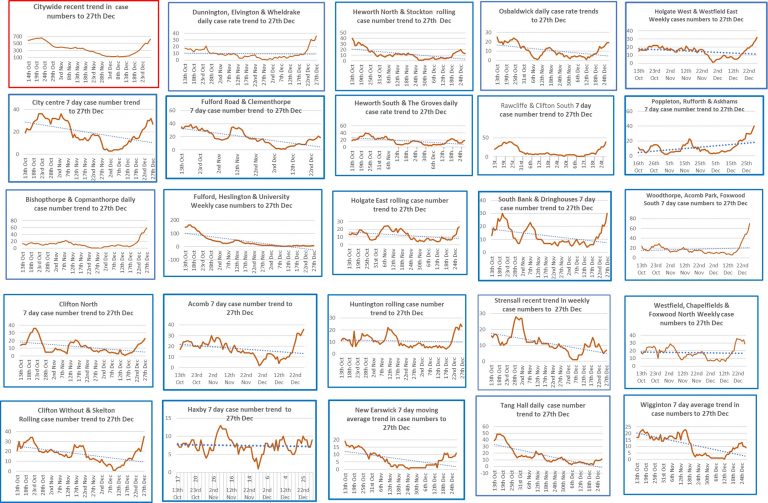
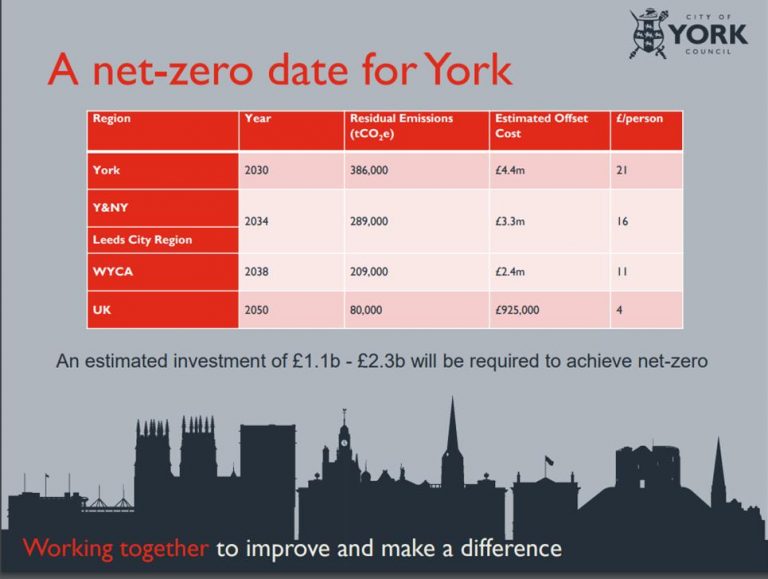
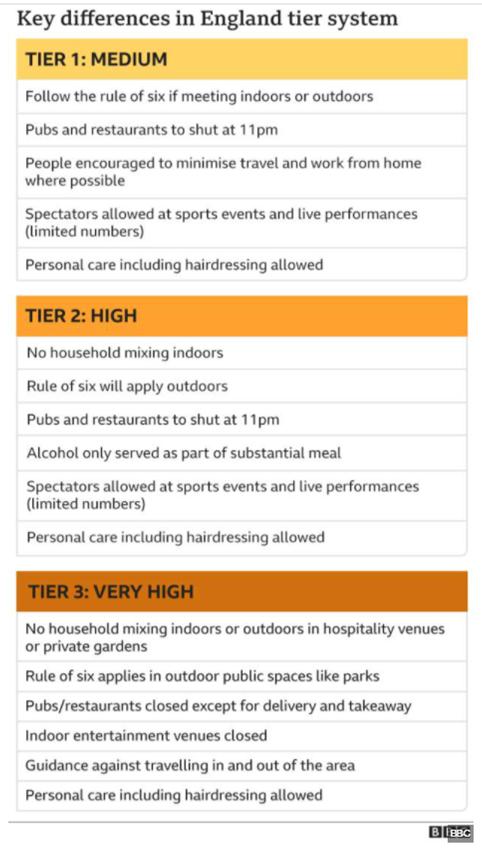
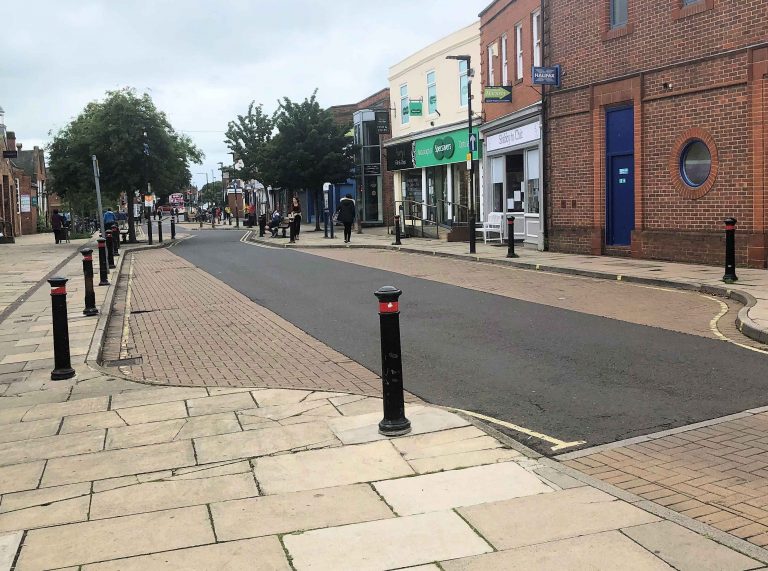
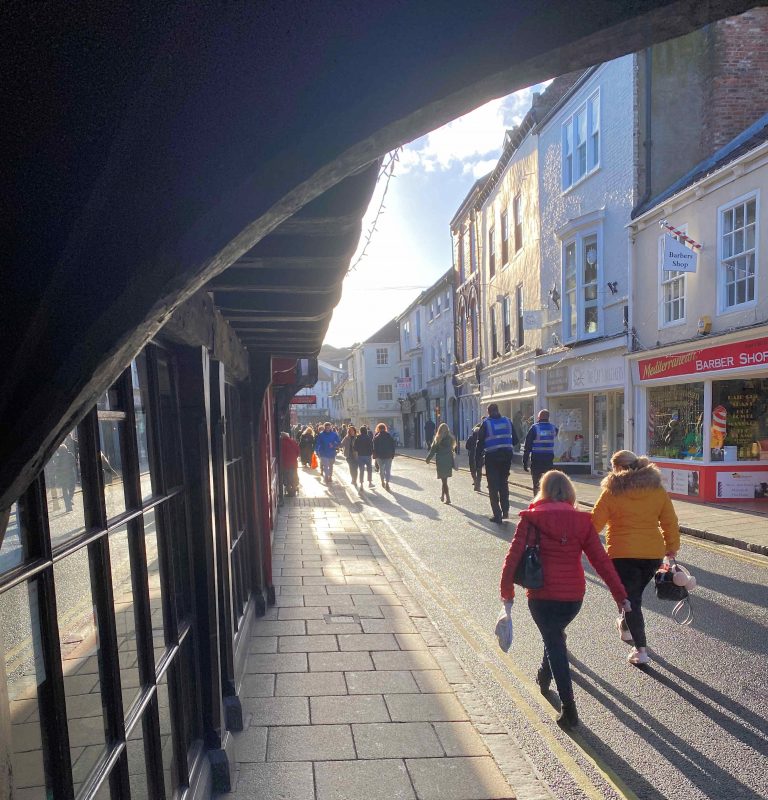
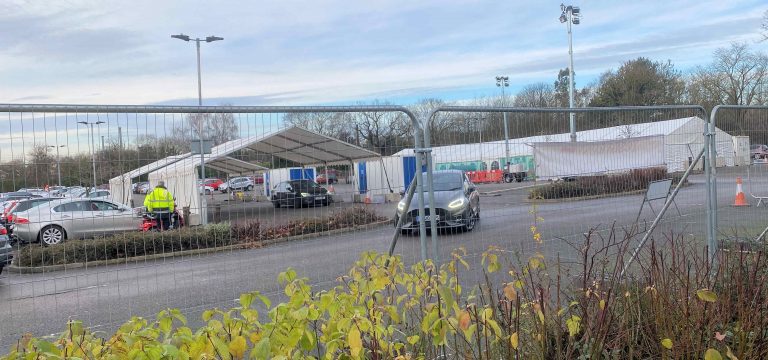
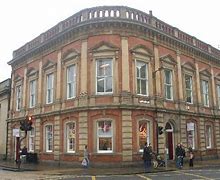



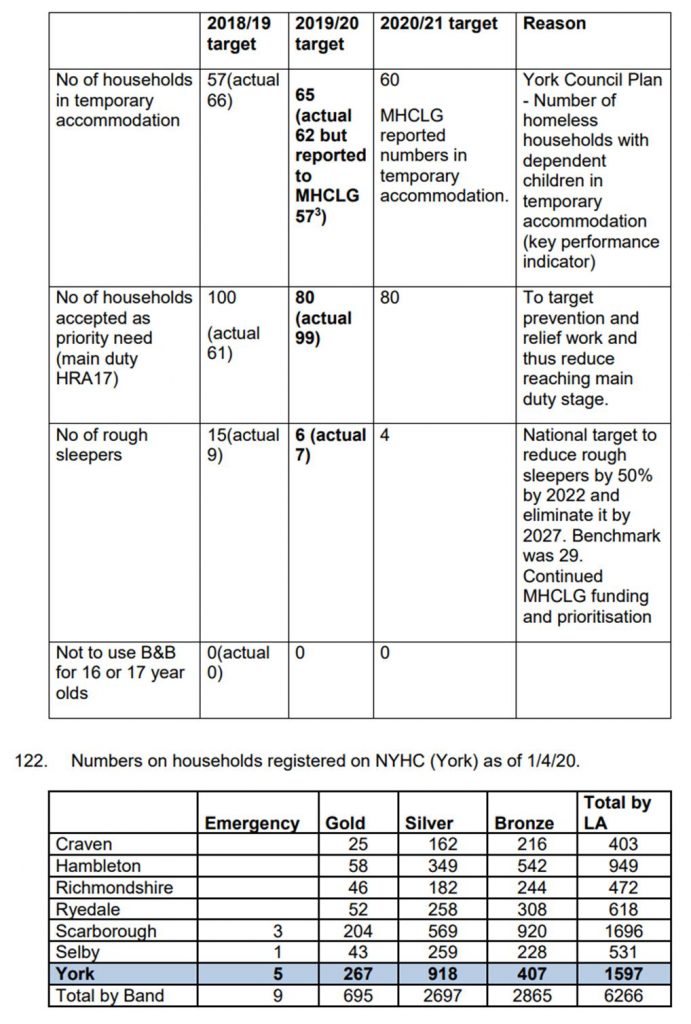
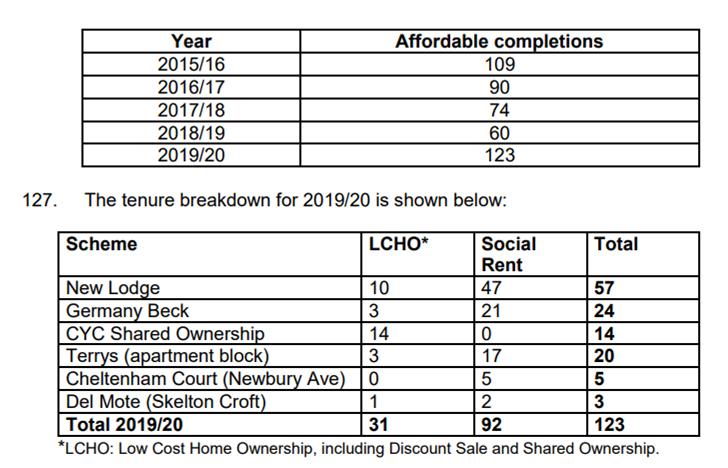
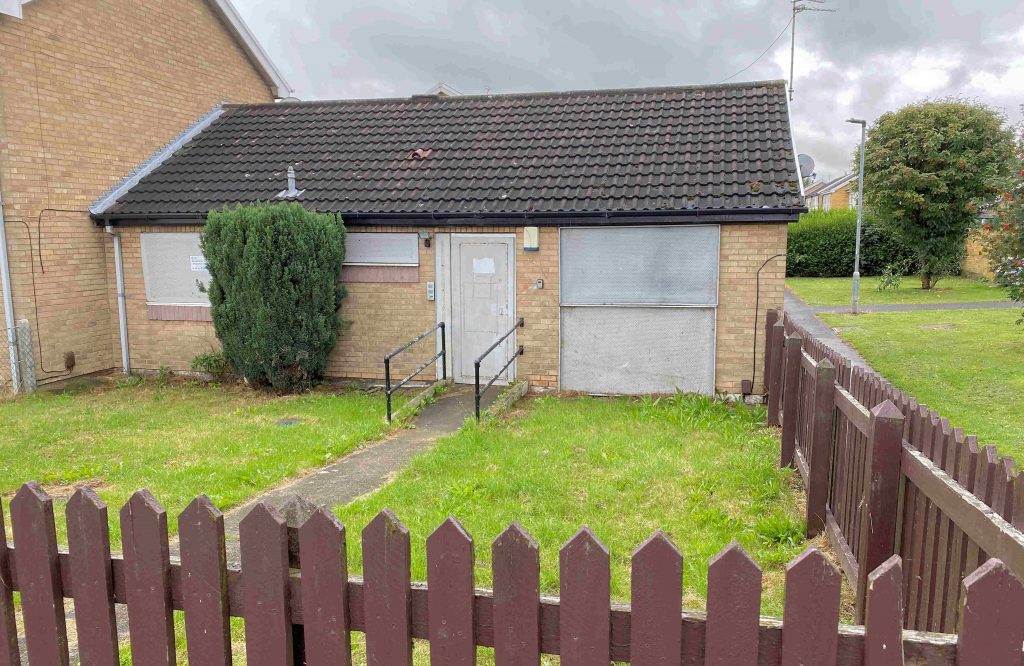
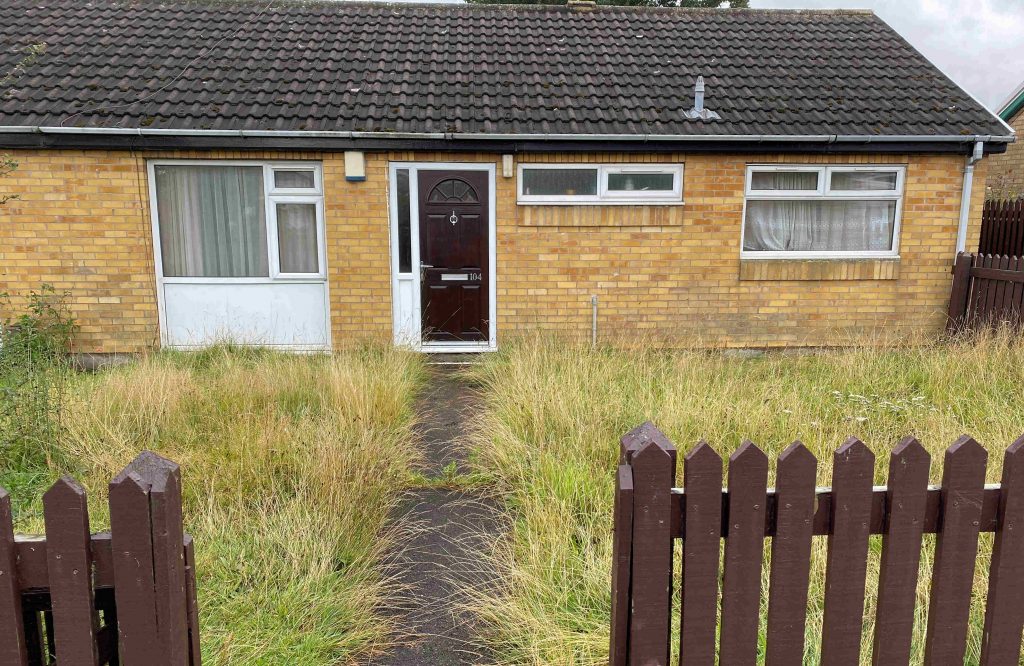
 The announcement that the new
The announcement that the new 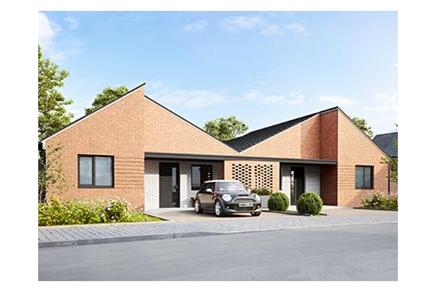
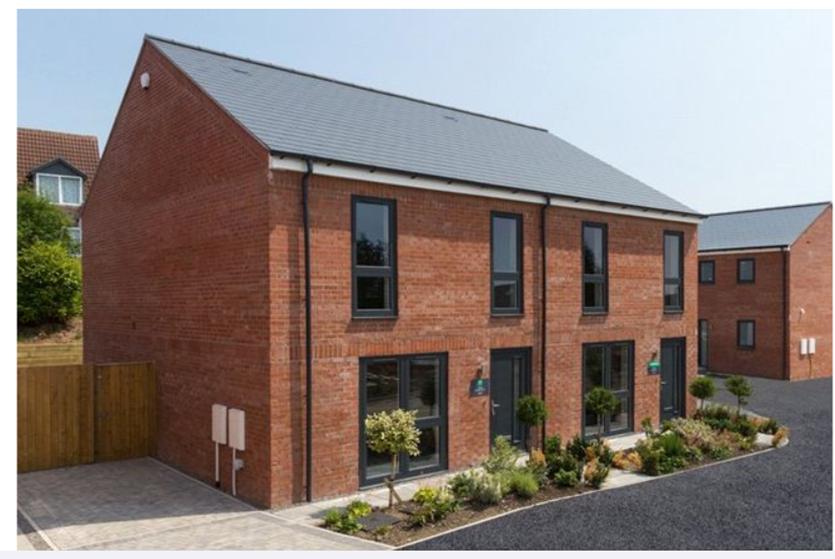
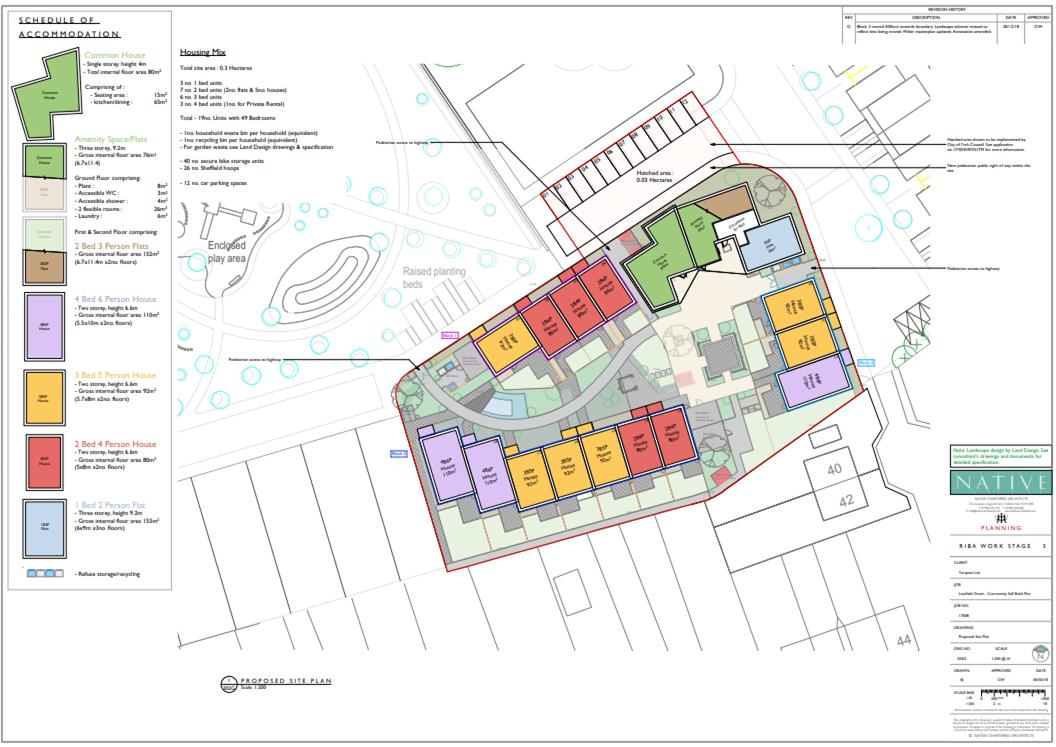
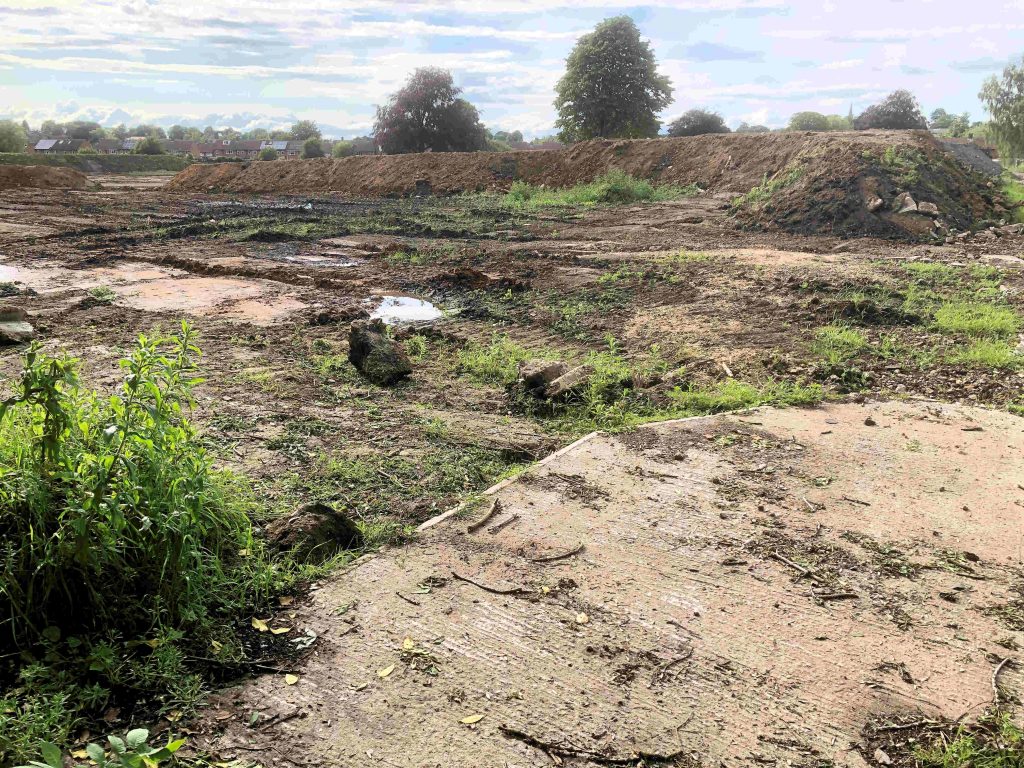
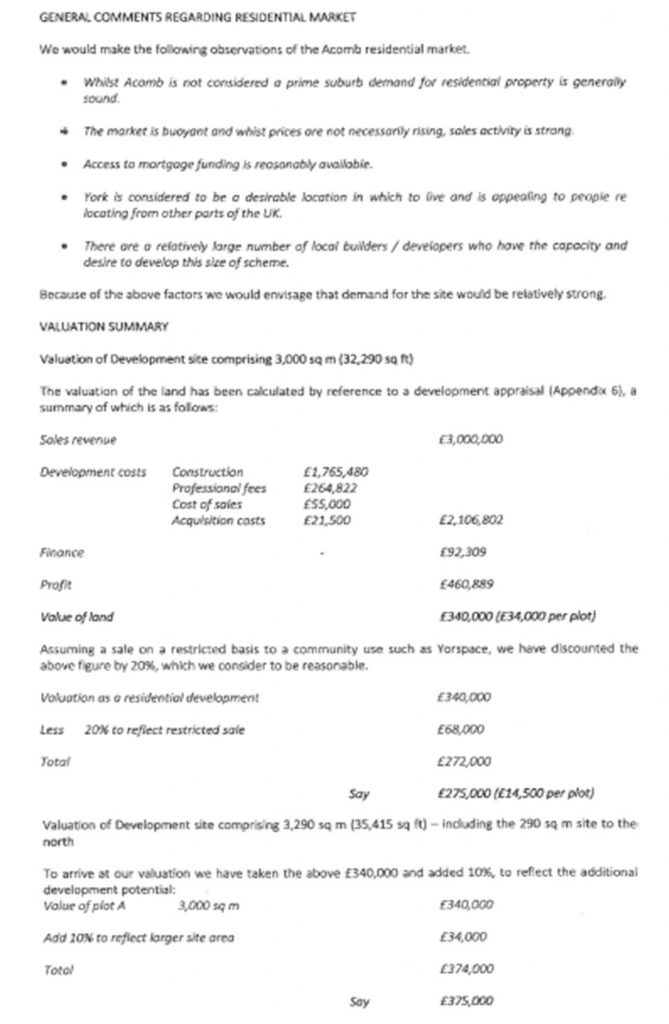
:max_bytes(150000):strip_icc():format(webp)/GettyImages-656676733-5bb512b6cff47e0026d2007b.jpg)
